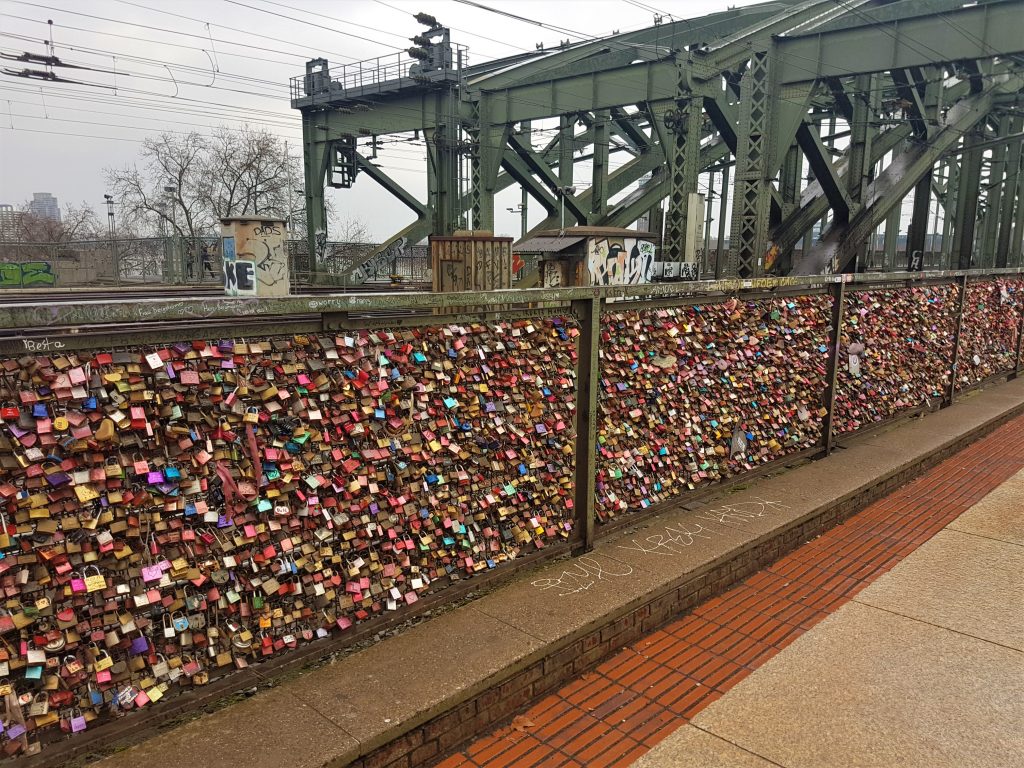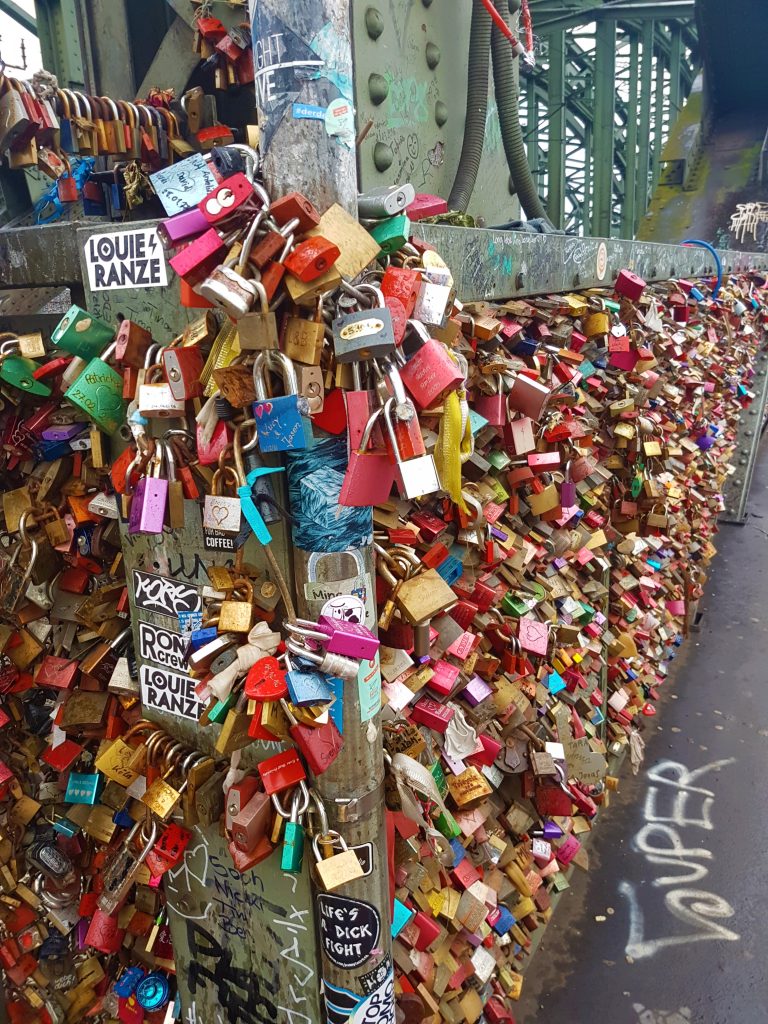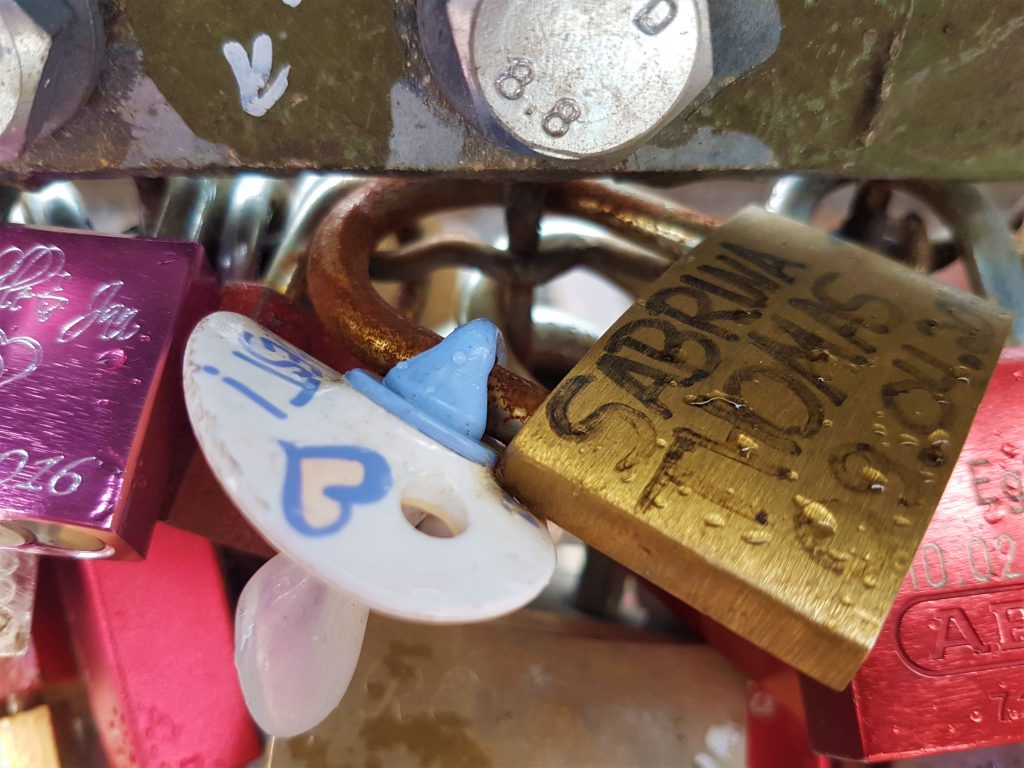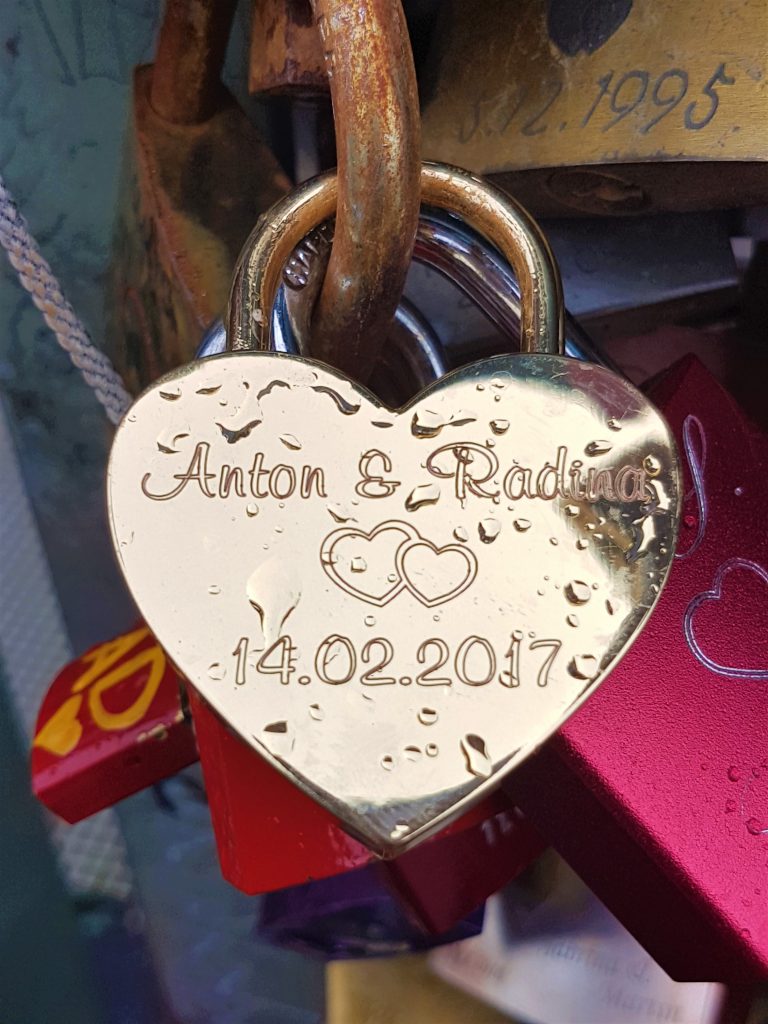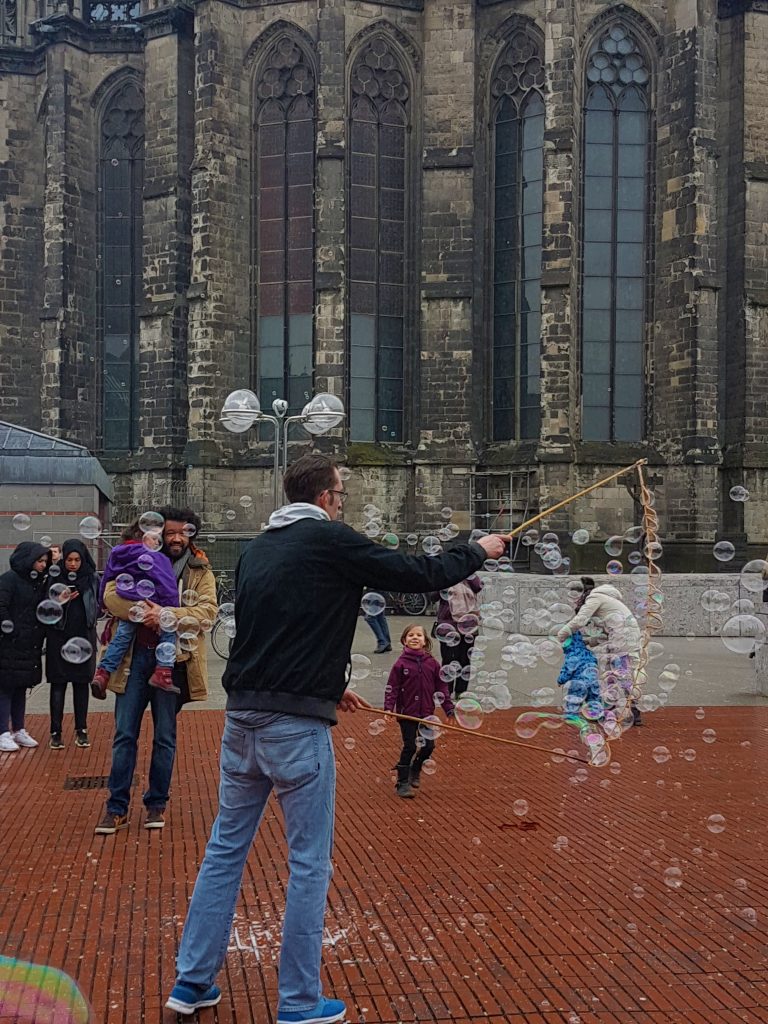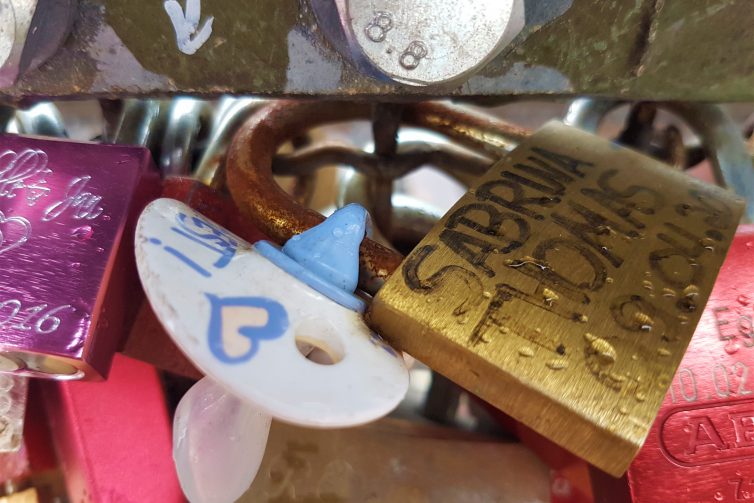They say that once you visit your first German city, you’ll be hooked—and I’m here to confirm: it’s true. One glimpse at the mix of centuries-old architecture, war-era scars, and modern glass-and-steel giants, and your curiosity gets greedy. It wants more. And more. And more.
We started our adventure with a weekend visit to Frechen, a small, sleepy town just 12 kilometers south of Cologne. From there, we took the S-Bahn—Germany’s über-punctual suburban train system—into the heart of the action. The ride? A quick 18 minutes. The entertainment? Unexpectedly fabulous. Our fellow passengers were dressed for Karneval: feathers, glitter, painted faces, and wigs that would make Lady Gaga proud. Cologne’s “Crazy Days” were about to begin, and it was clear we had arrived just in time for the pre-party.
Cologne (or Köln, as the locals say) is Germany’s fourth largest city, after Berlin, Hamburg, and Munich. With nearly a million residents, it’s a vibrant melting pot perched along the banks of the Rhine. It boasts one of Europe’s oldest universities, a refreshingly progressive attitude—it’s considered Germany’s gay capital—and some seriously jaw-dropping architecture. July’s annual Pride Parade is one of the most important LGBTQ+ events in the world, and that energy of openness? You feel it everywhere.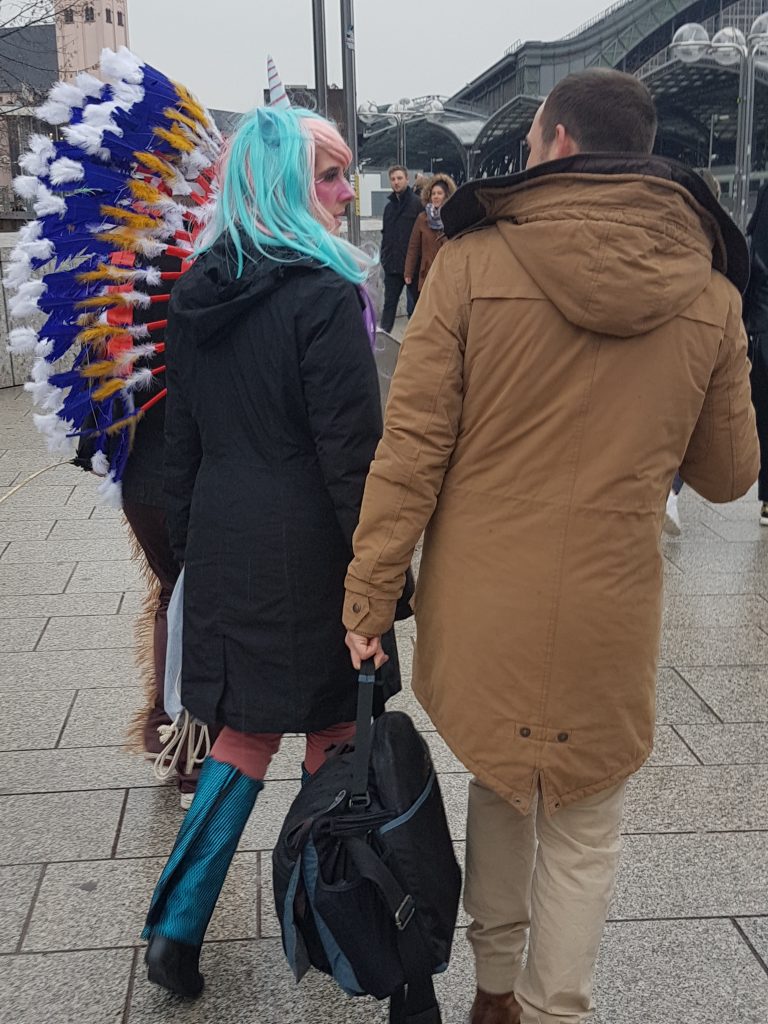
And then there’s the Cathedral.
Step out of the train station, and bam—there it is. Towering, majestic, Gothic perfection. The Kölner Dom doesn’t just dominate the skyline, it grips your soul. Even in the drizzle (of course it was raining), I stood there stunned, thinking—as I often do when faced with medieval wonders—how did people in the 13th century create such divine madness without power tools or Pinterest boards?
Construction of this mighty marvel began in 1248 and wasn’t completed until 1880. That’s 632 years of ambition, patience, and scaffolding. For centuries, the south tower just sat there, capped with a crane like a forgotten Lego piece. Today, the cathedral rises 157 meters into the sky, proudly listed as a UNESCO World Heritage Site since 1996.
You can climb the south tower if you’re brave (and fit)—533 stone steps to panoramic bliss. Entry to the cathedral is free, but if you want to explore the Treasure Room or the tower, you’ll need an 8-euro ticket. Just don’t go during Liturgy—the doors are closed.
Inside lie the relics of the Three Magi, which make the cathedral one of the most significant pilgrimage sites in Europe. And outside? A buffet of cultural delights: Hermes, Louis Vuitton, the Romano-Germanic Museum, the Ludwig Museum, and the Cologne Philharmonic—practically within arm’s reach of one another.
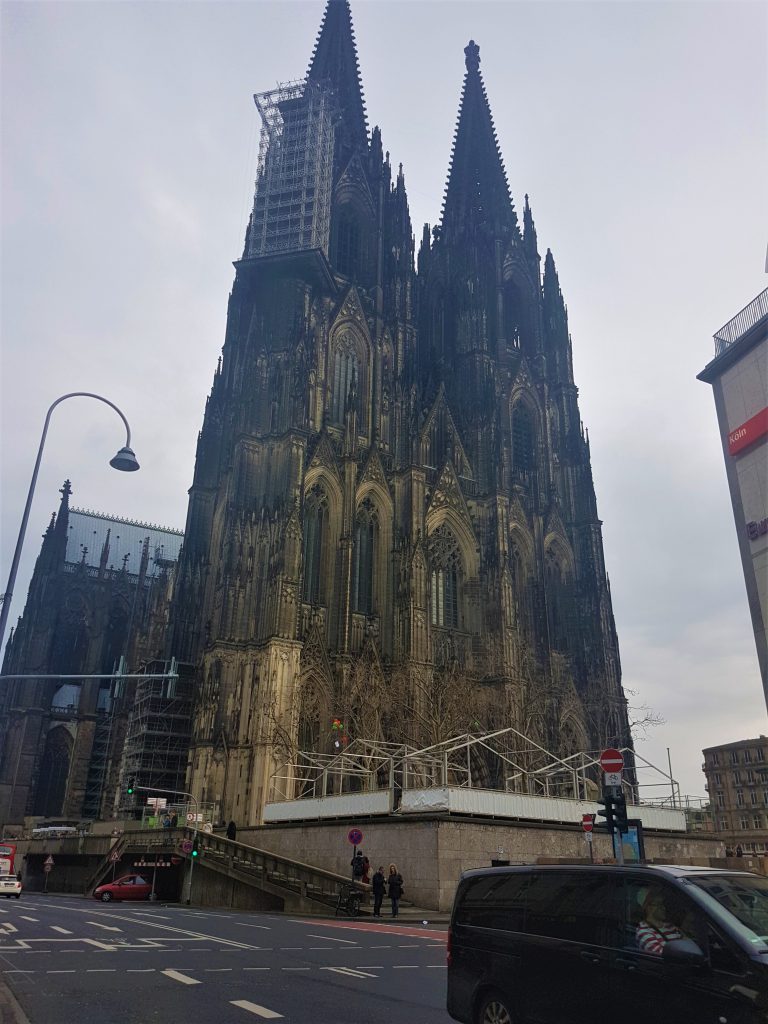
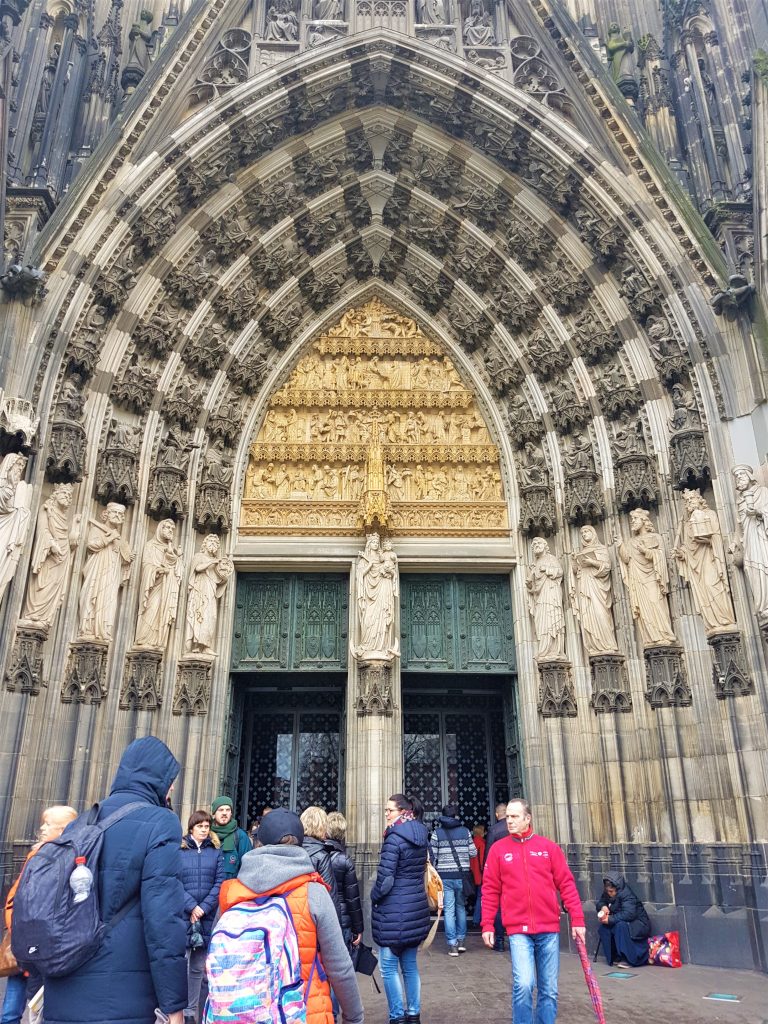
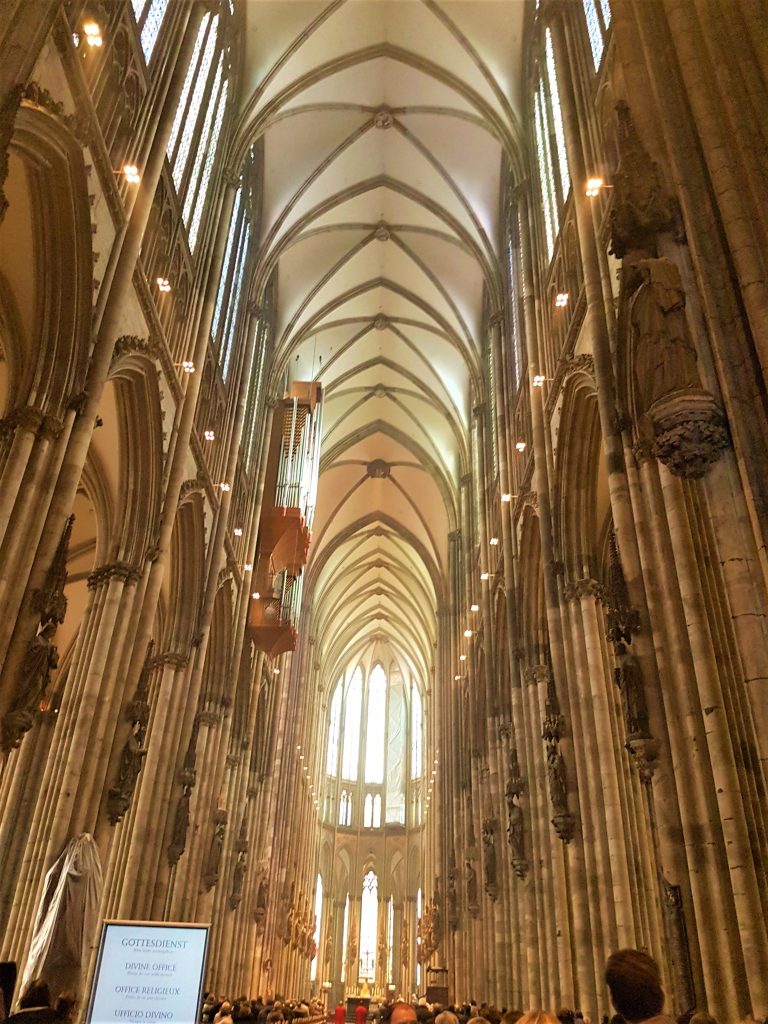
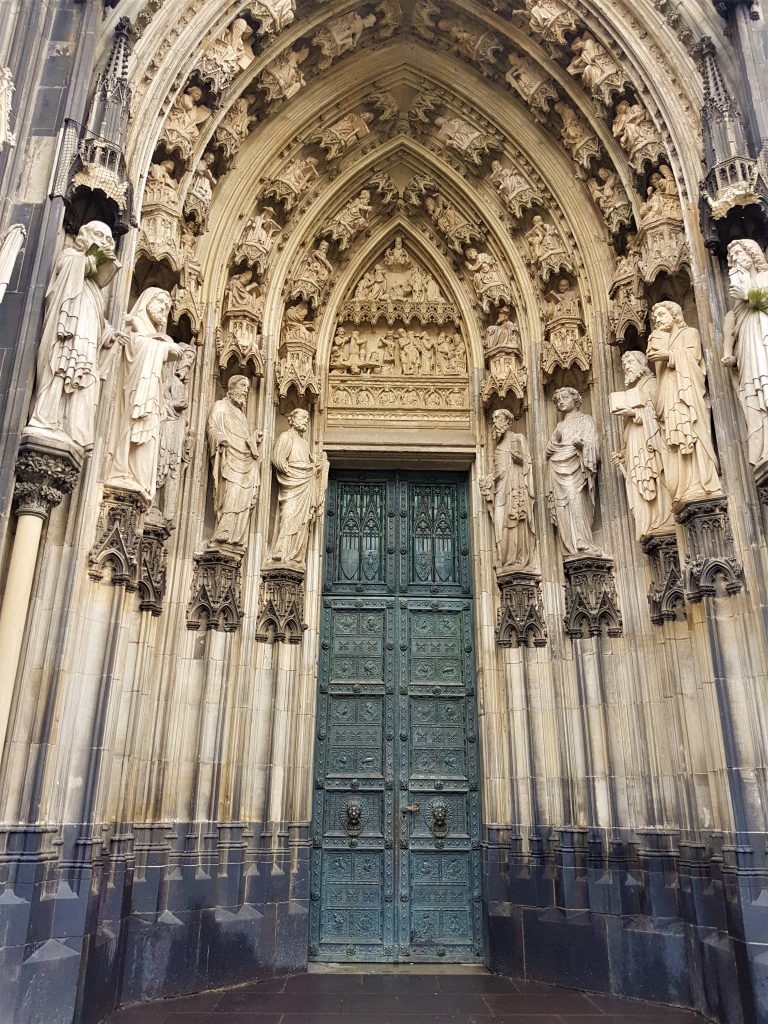
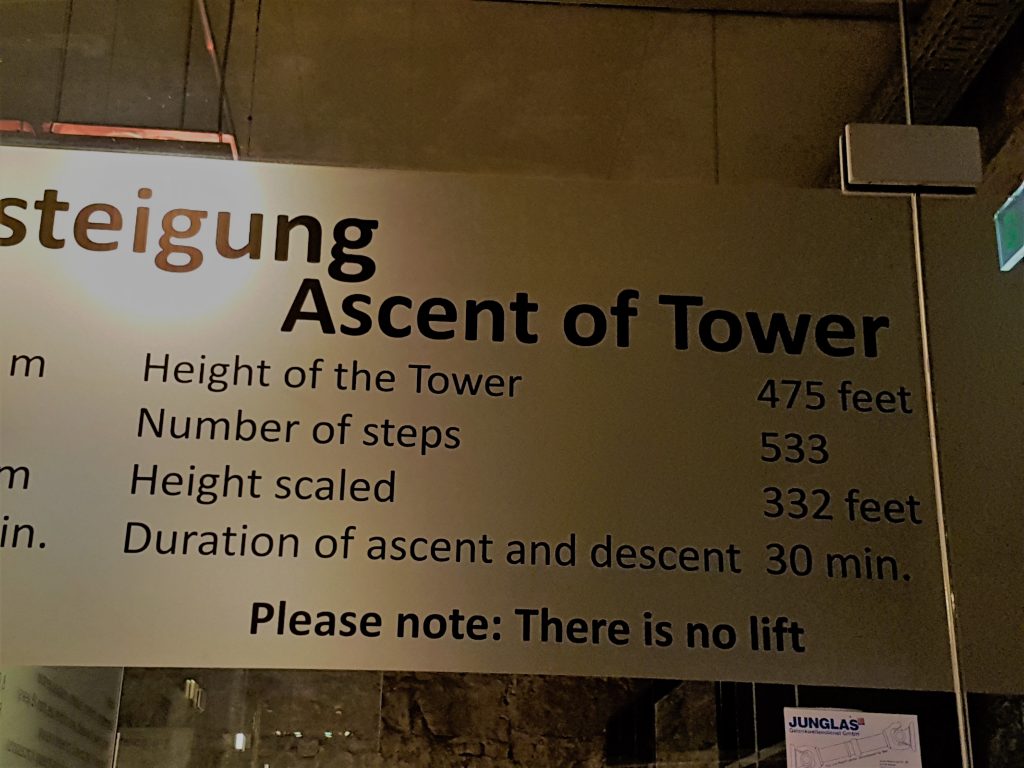
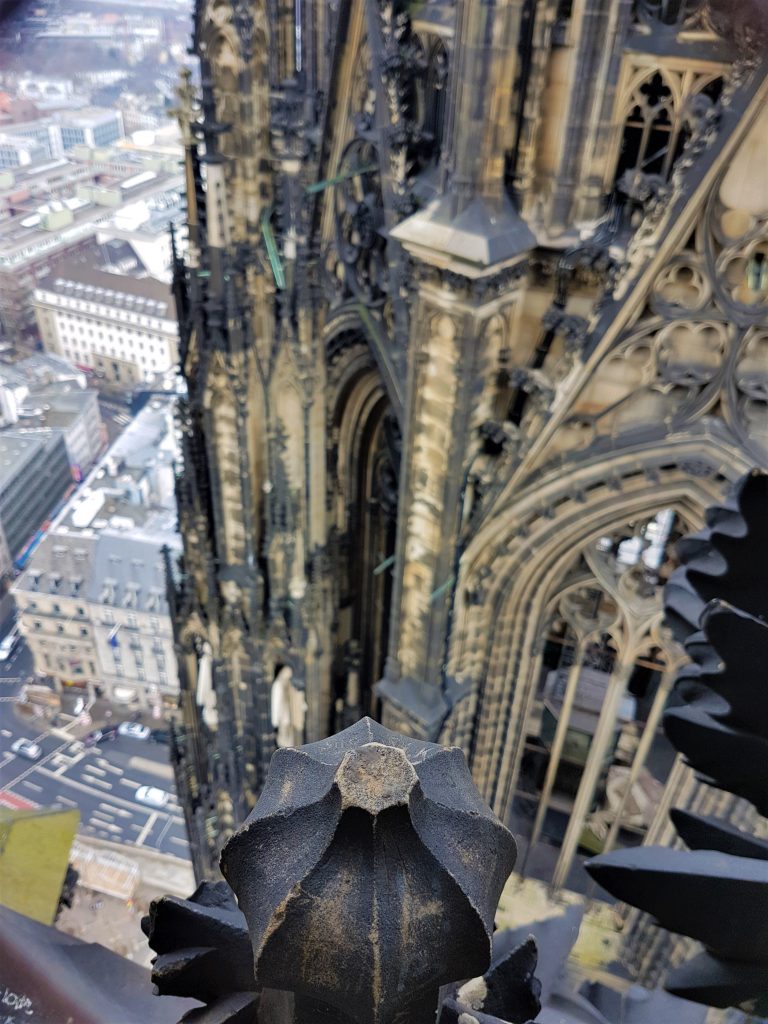
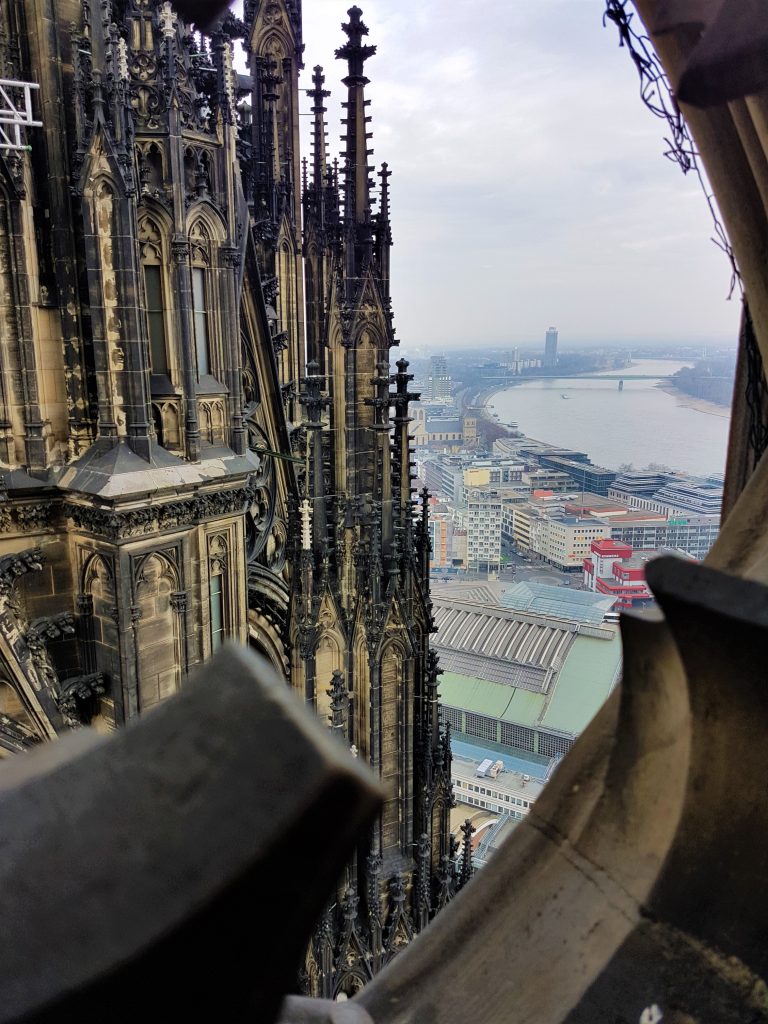
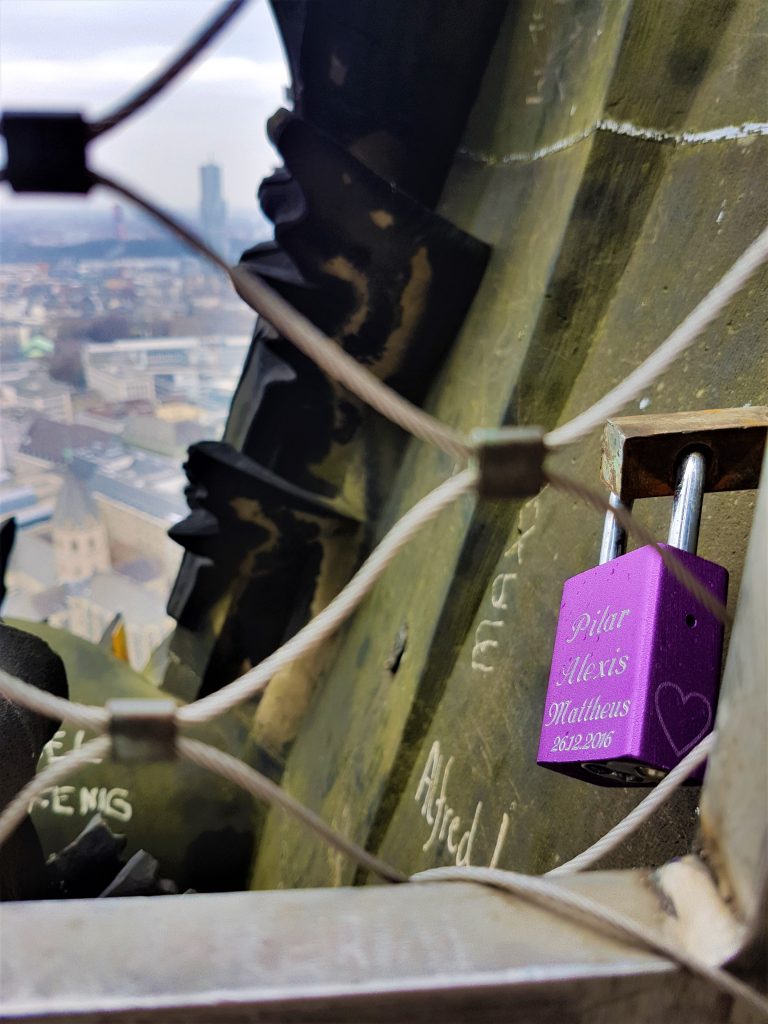

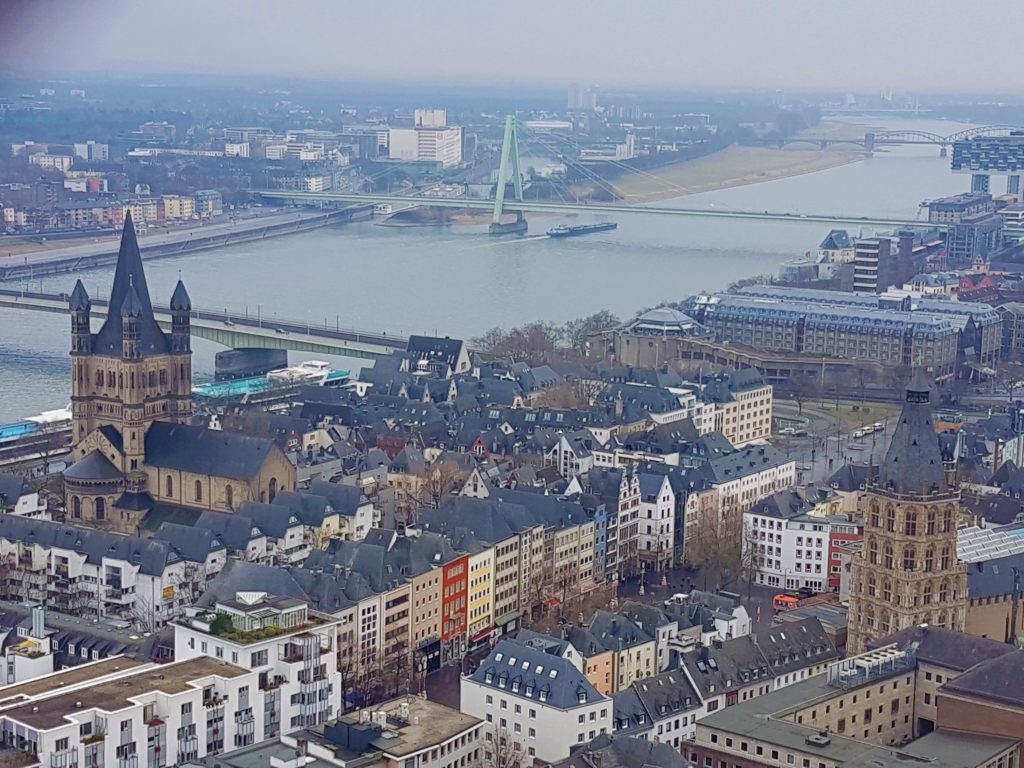
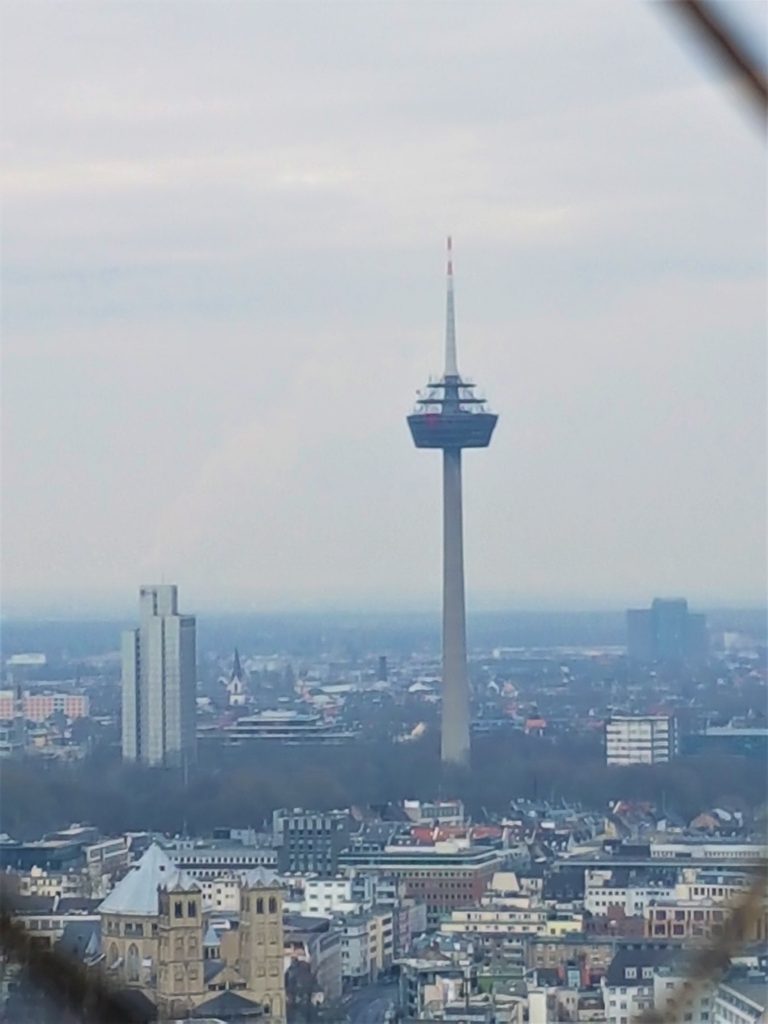
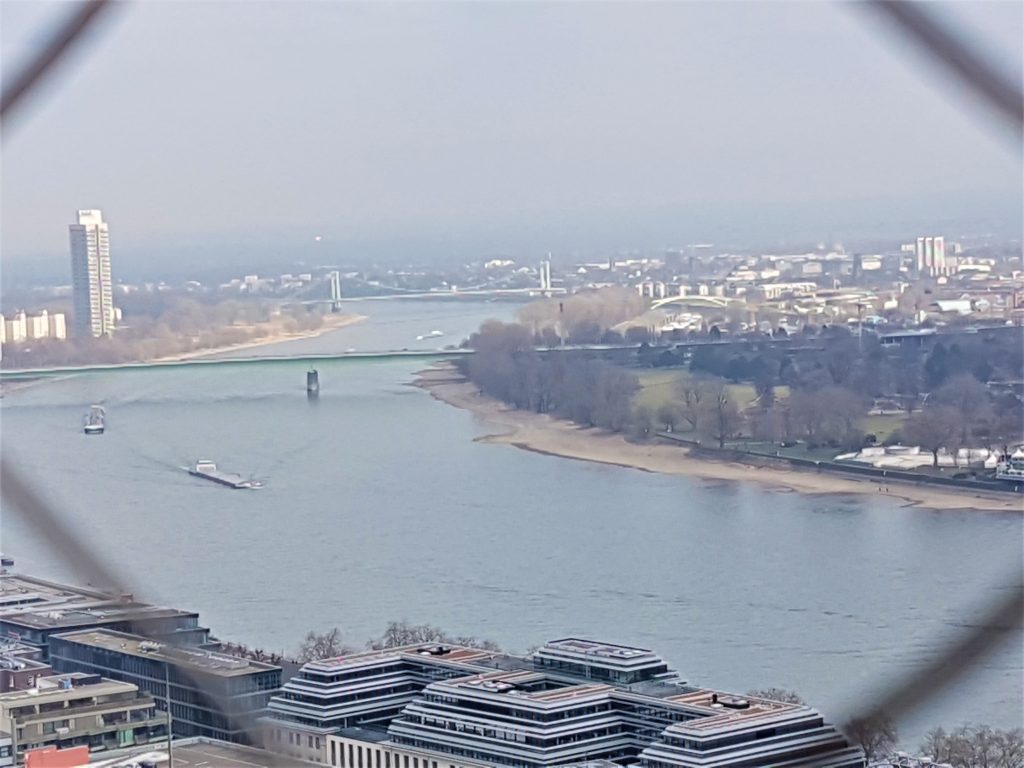
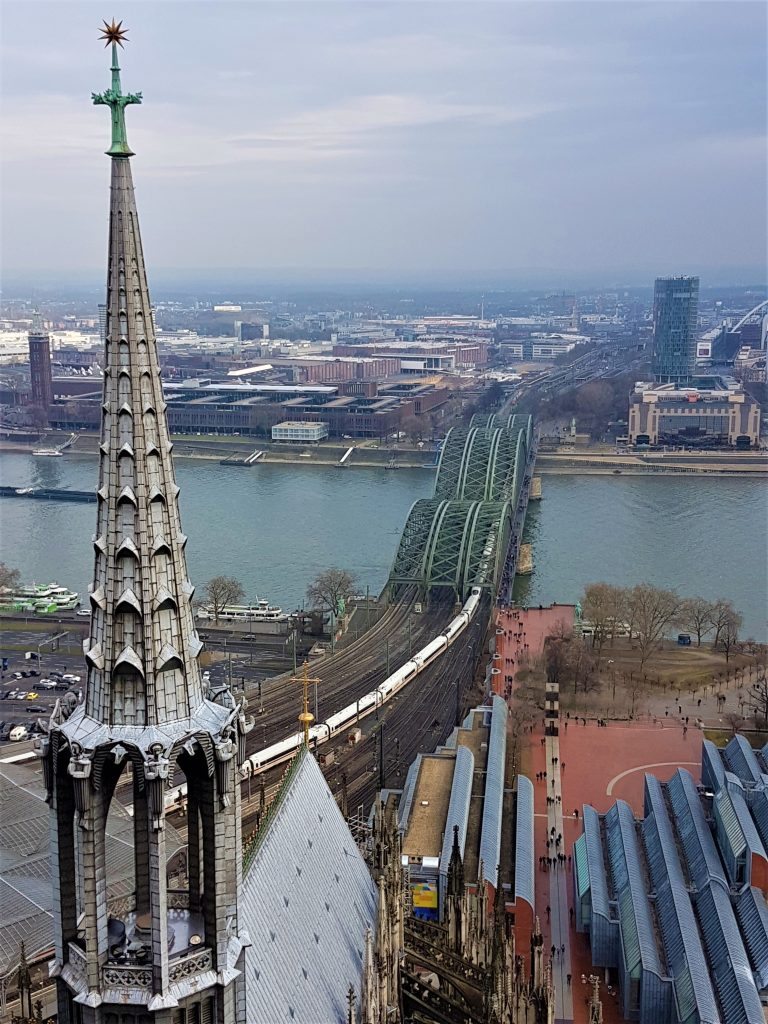
I popped into the Ludwig Museum and found myself face-to-face with the likes of Picasso, Jackson Pollock, Mondrian, and even a portrait of Romanian writer Mihail Sadoveanu, painted by Gerhard Richter. The museum houses Europe’s largest Pop Art collection outside the US, including Andy Warhol and Roy Lichtenstein. Entry costs 10 euros, and you’ll need to check your bag at the entrance (deposit card: 2 euros, refunded later).
Just around the corner from all that fine art lies Cologne’s most charming bridge: the Hohenzollernbrücke. Built between 1907 and 1911, this steel giant is crossed daily by more than 1,200 trains—Germany’s busiest rail bridge. But the real magic is on the railings: love padlocks. Thousands of them. Maybe millions. Hung by couples who leave a kiss, toss the key into the Rhine, and hope their love lasts longer than the bridge.
As I stood there, soaked and smiling, I watched a young couple laughing—she held an open padlock in one hand, he was teasing her, and even their eyes were grinning. They hung their lock, sealed it with a kiss, then walked to the edge of the bridge and let the key fall into the muddy water below. A moment of romance, floating above the current.
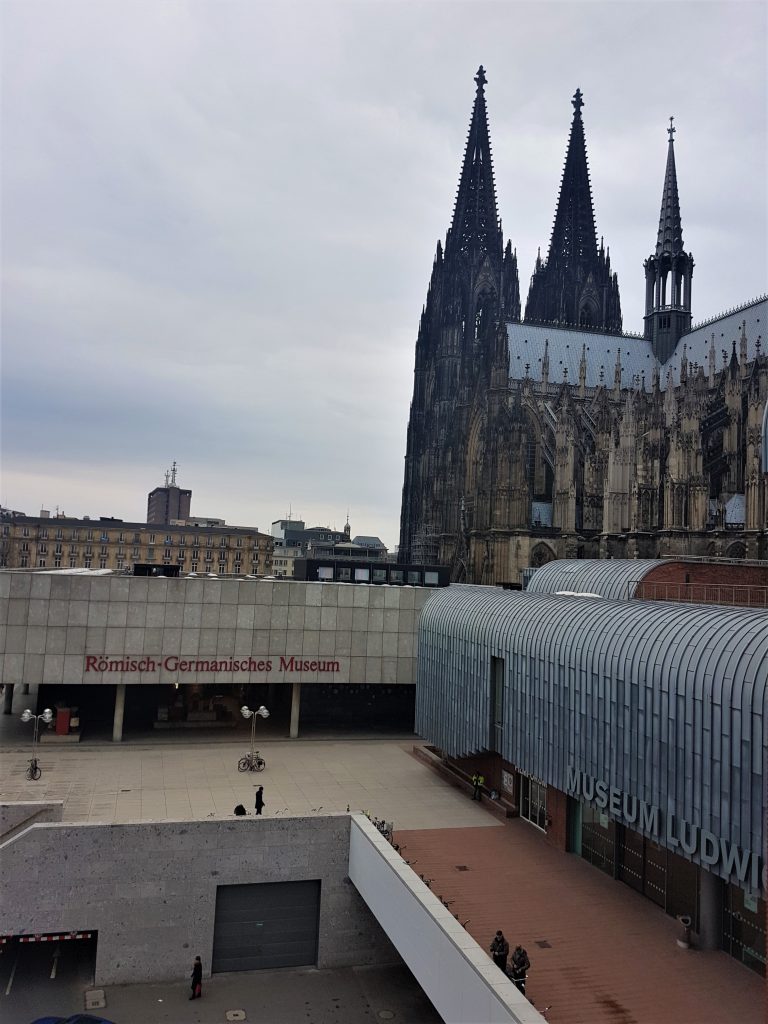
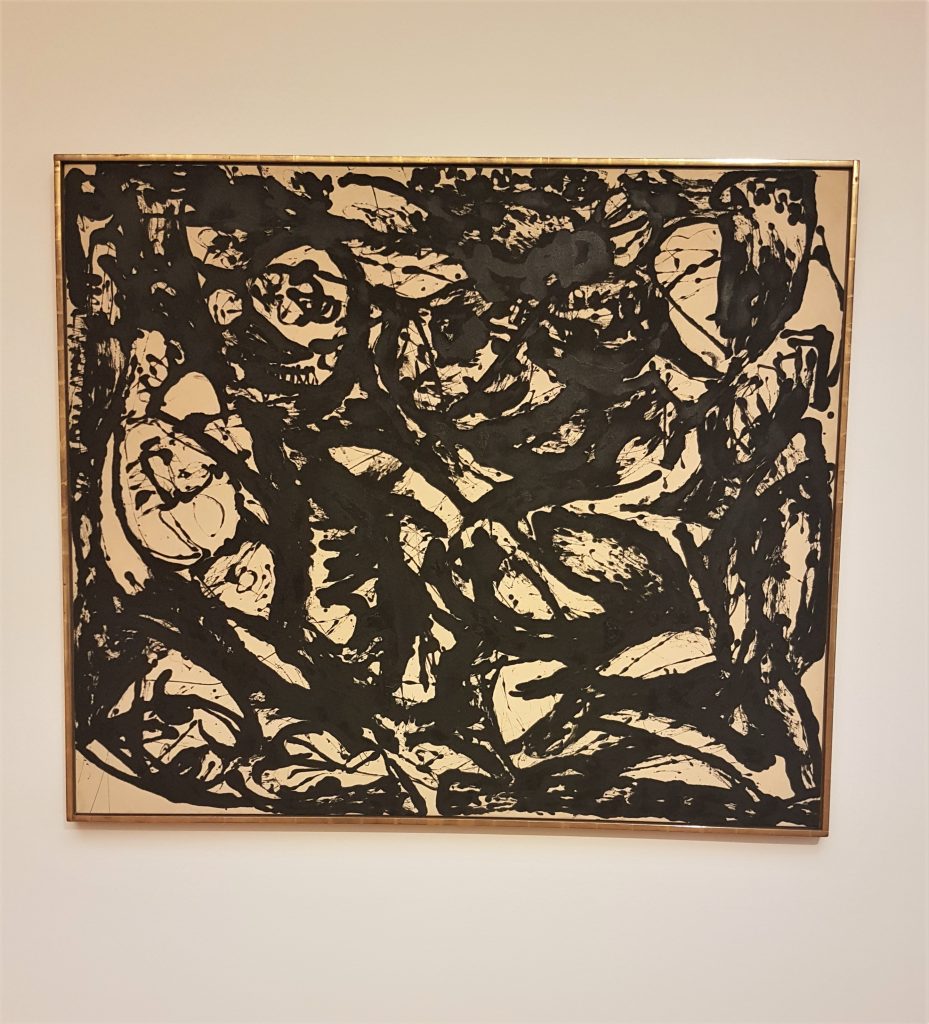
Jackson Pollock, 1951
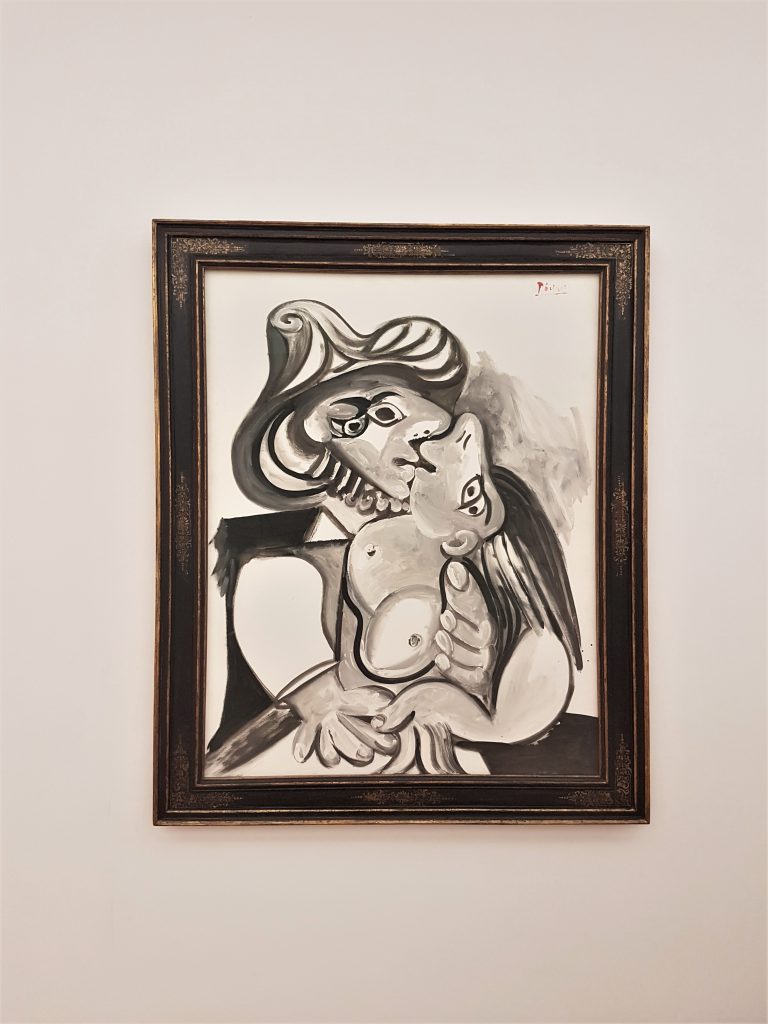
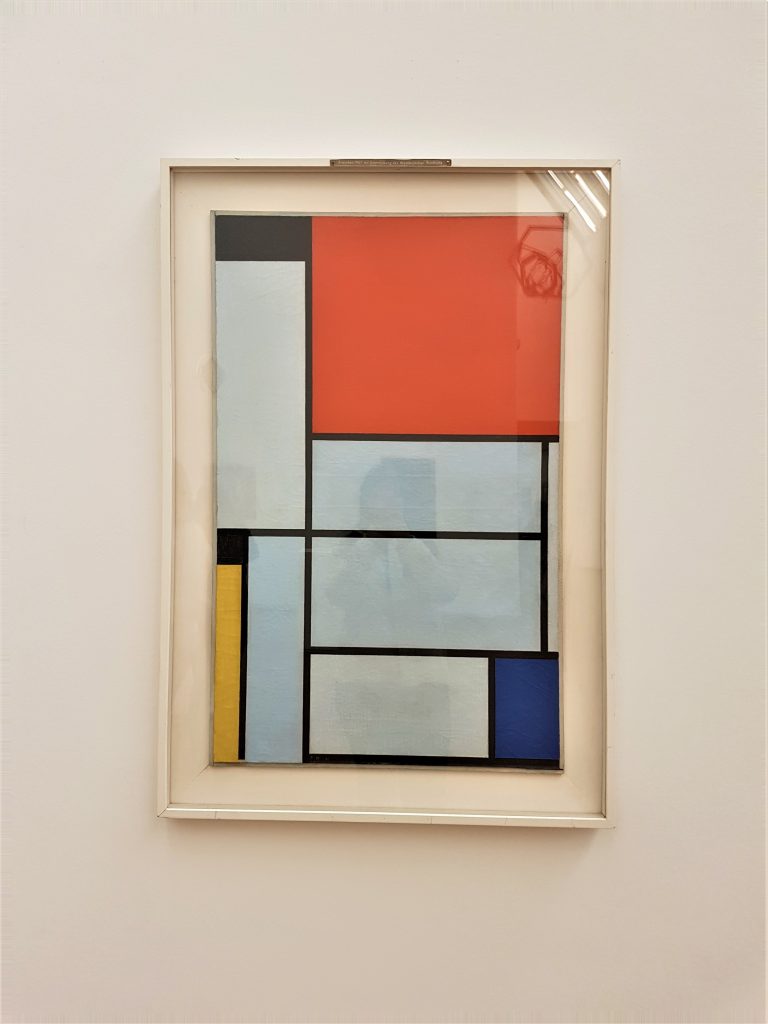
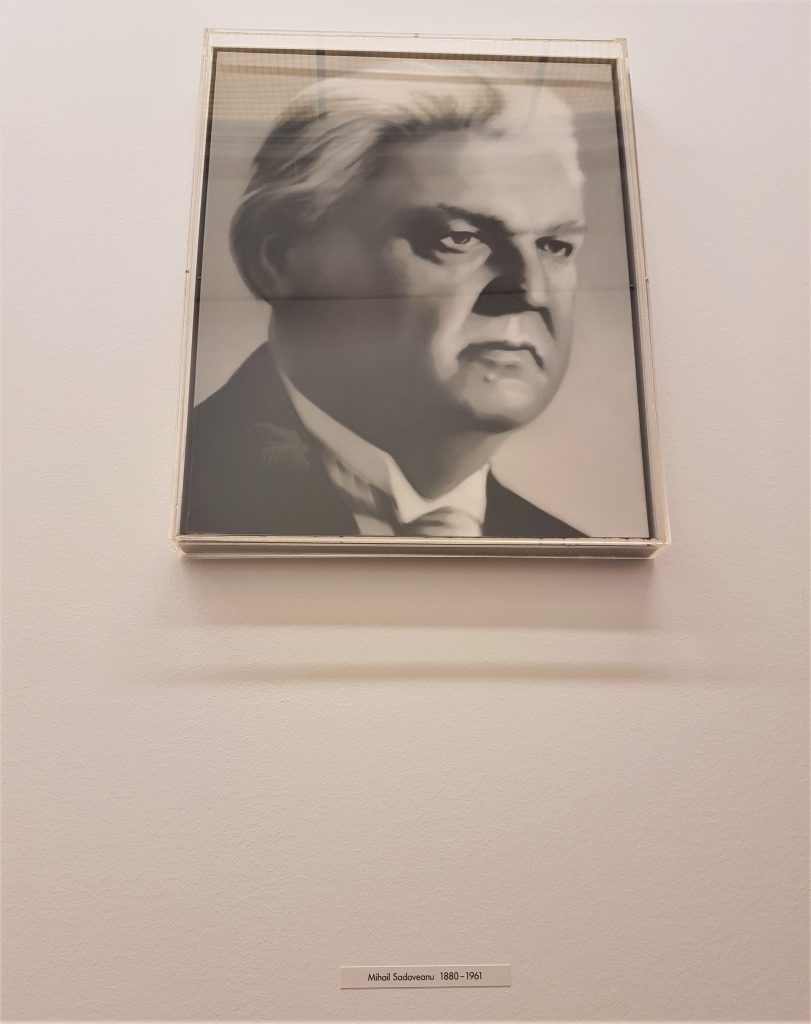
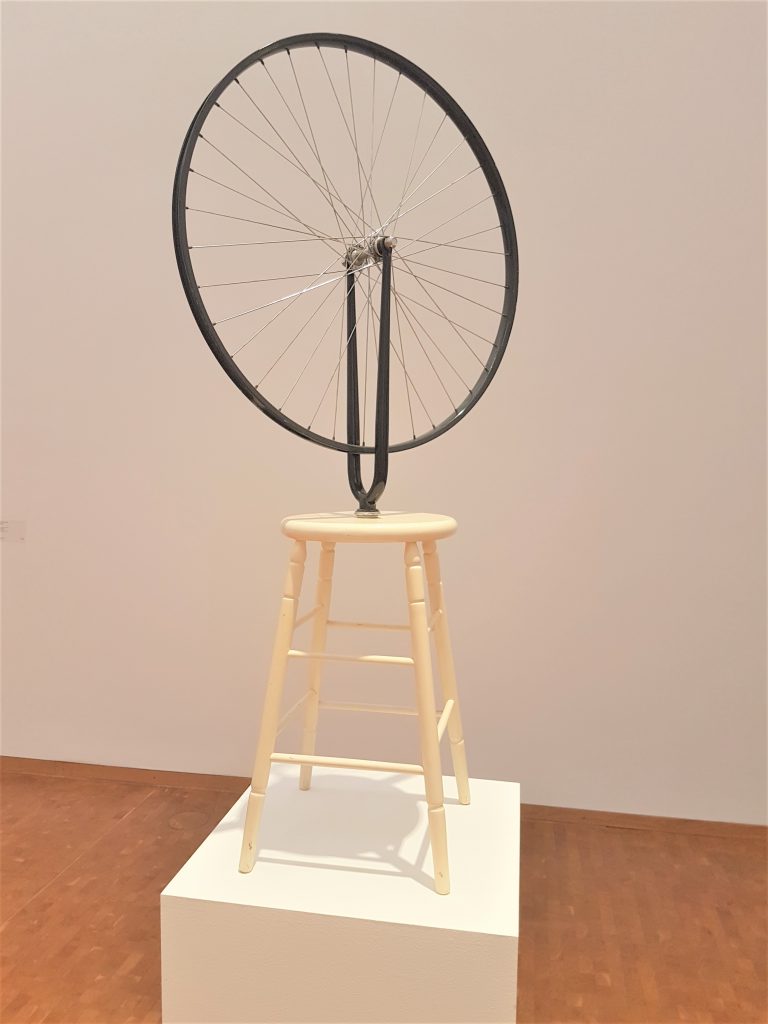
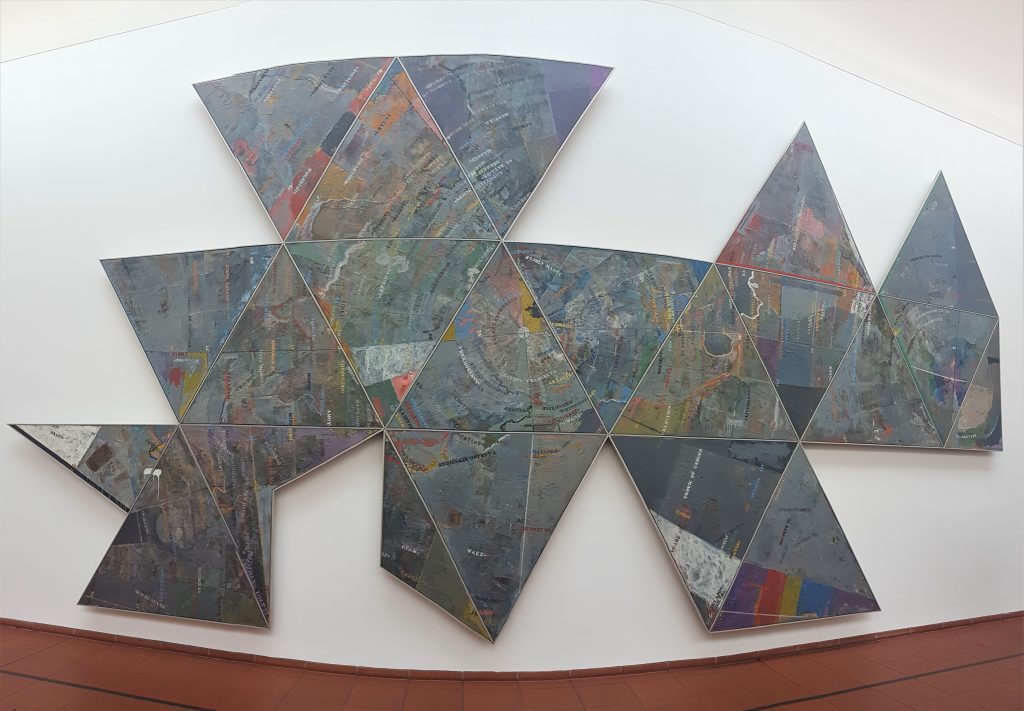
Köln, known as Cologne, is famous as well for the Eau de Cologne, a perfume created by an Italian expat, Johann Maria Farina, at the beginning of the 18th century. During the 18th century, the fragrance became increasingly popular and was exported throughout Europe by the Farina family.
Me? I wandered a bit more, squelching through puddles in new boots that had clearly declared war on my feet. But fashion demands sacrifice, right? I limped into the Starbucks at the station, grabbed a caramel macchiato (because I deserved it), and boarded the train back to Frechen.
And no, I didn’t see the Chocolate Museum. Or the Wallraf-Richartz Museum. Or Farina Haus, birthplace of Eau de Cologne. The old town hall and Hard Rock Café remain uncrossed on my list, too. But the good news? Cologne is only two hours away from home.
So yes, dear Köln, this is just the beginning.
